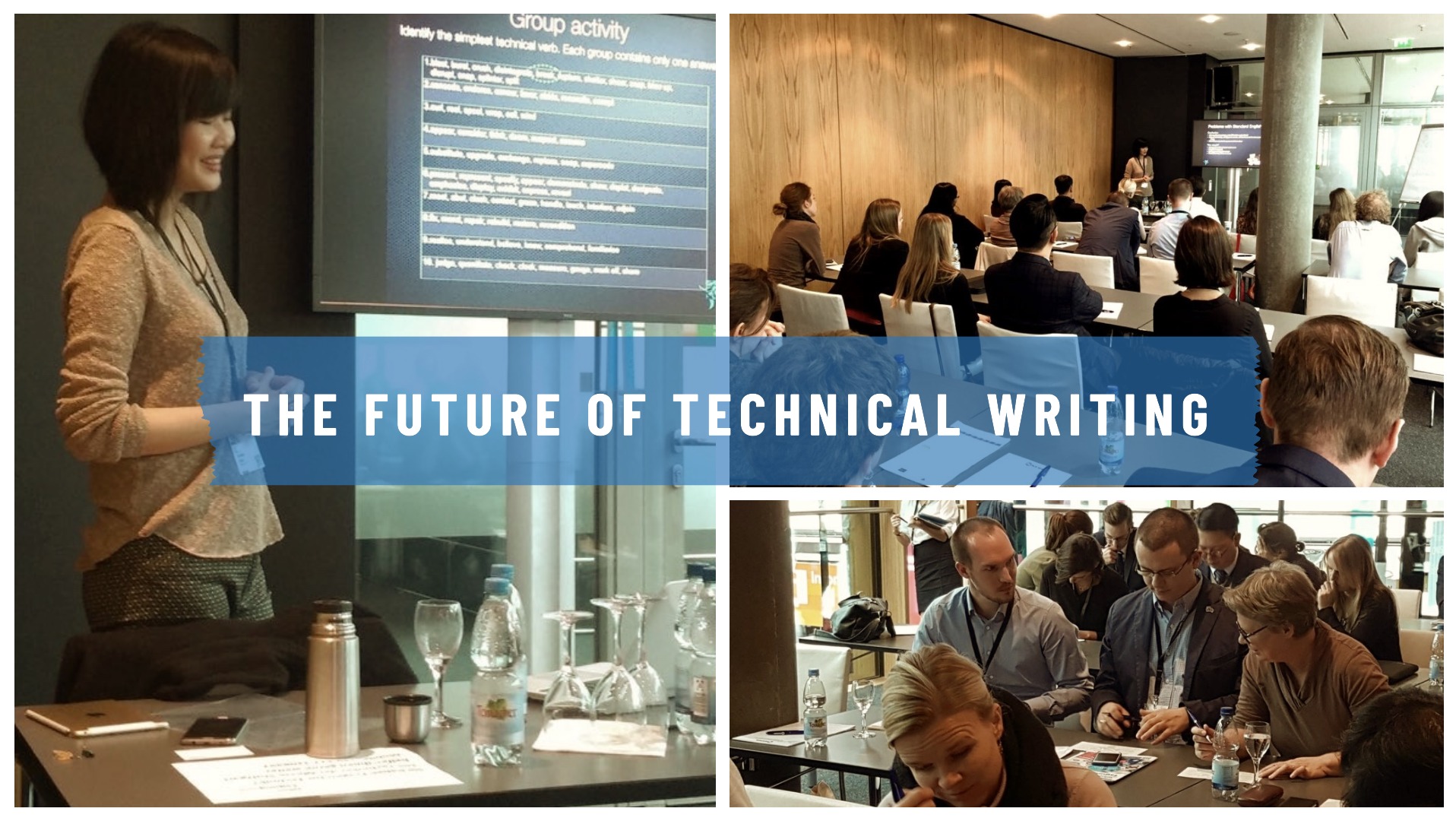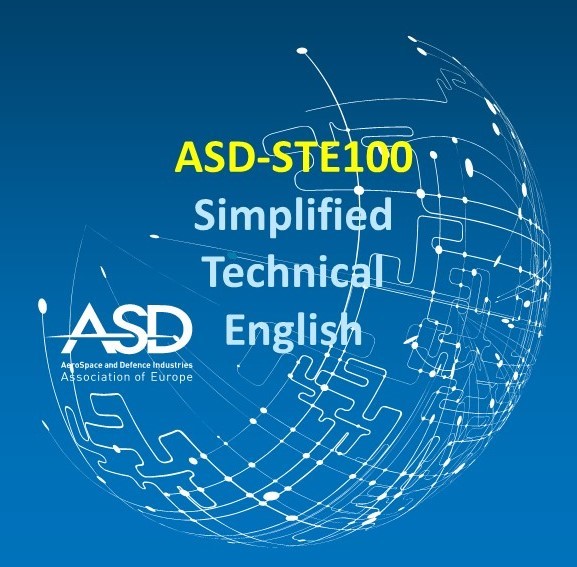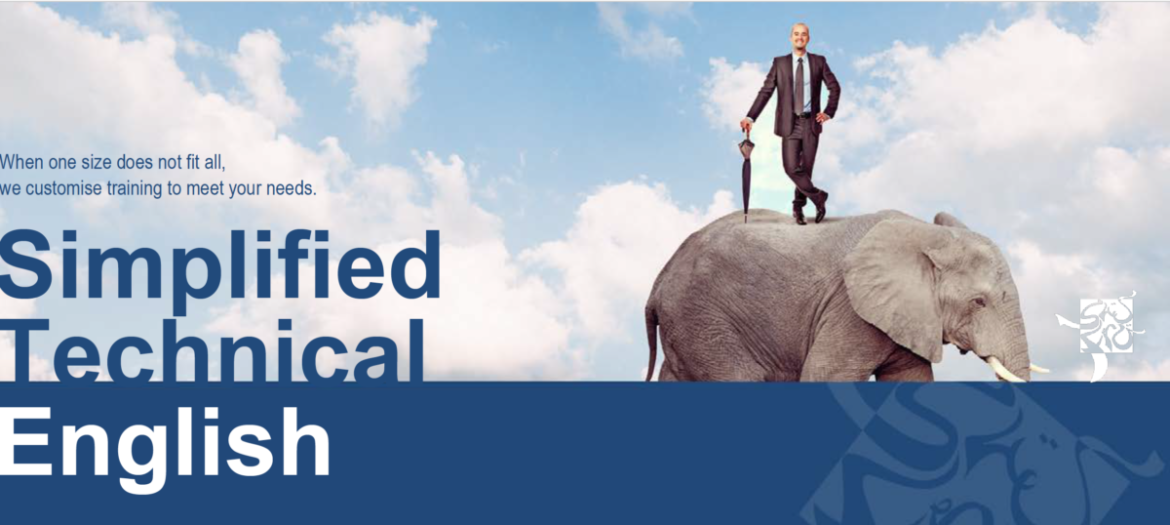Introduction
In the age of automation and artificial intelligence, there’s a common misconception that technical writing is a dying profession. However, reality is quite the opposite. As technology continues to advance, the role of technical writers becomes even more crucial in ensuring that complex information is communicated effectively and accurately.
The Evolving Role of Technical Writers
Despite the advancements in technology, human interaction remains essential in the field of technical writing. Software and automation tools can assist with tasks like formatting and style checking, but they cannot replace the creativity, judgment, and interpersonal skills that a skilled technical writer brings to the table.
Today, technical writers are expected to be more than just writers; they are communicators, collaborators, and creative thinkers. The shift towards a more creative and collaborative approach is driven by the need to produce documentation that is not only informative but also engaging and user-friendly.
The Cost-Effective Solution
One strategy that can enhance the effectiveness of technical writing is the use of Simplified English. While it might seem counterintuitive to simplify technical language, adopting Simplified English can actually make documentation more clear, concise, and accessible to a wider audience. By eliminating unnecessary jargon and complexity, technical writers can ensure that their content is easier to understand and apply.
Investing in training and development for human technical writers is a far more cost-effective solution compared to investing in expensive AI tools which do not always guarantee results.
While these tools can be helpful for certain tasks, they cannot fully replicate the nuanced understanding, critical thinking, and creative problem-solving skills that human writers bring to the table. By investing in training, organisations can empower their technical writers to excel in their roles and produce high-quality documentation that meets the needs of their audience.
Beyond Cost-Effectiveness
Investing in technical writer training offers several additional benefits beyond cost-effectiveness. Human writers can:
- Provide context and nuance: They can understand the broader context of a project and tailor their writing accordingly.
- Build relationships: They can foster strong relationships with subject matter experts and stakeholders, leading to better collaboration and understanding.
- Adapt to change: They can quickly adapt to changes in project requirements or industry trends.
- Innovate: They can contribute to innovative solutions and approaches to technical communication.
While technology can certainly assist technical writers, it cannot replace the unique skills and abilities that human writers bring to the table. By investing in training and development, organisations can ensure that their technical writing teams are equipped to meet the challenges and opportunities of the future.







